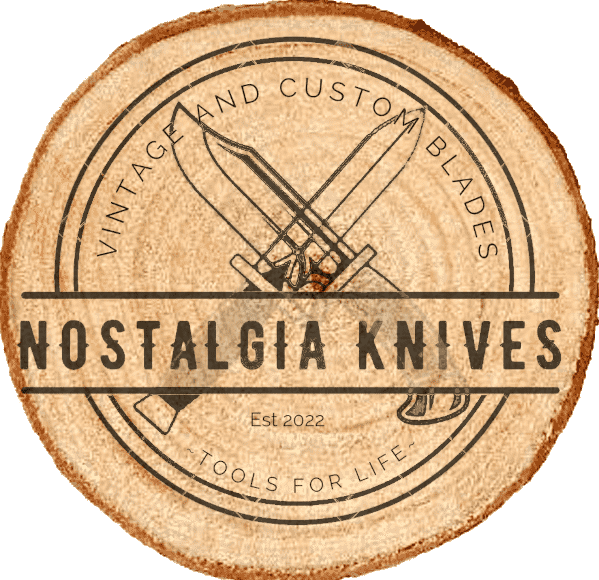A Nostalgic Journey: The History and Enduring Appeal of Boy Scout Knives.
A Nostalgic Journey: The History and Enduring Appeal of Boy Scout Knives.
Origins and Evolution:
The history of Boy Scout knives traces back to the early 20th century when the Boy Scouts of America recognized the need for a versatile and practical tool for its young members. The first official Boy Scout knife was introduced in the 1920s, featuring a simple design with a single blade, a can opener, and a screwdriver. These early knives were intended to instill a sense of responsibility and self-sufficiency in young scouts.
As the Boy Scouts organization evolved, so did the design of the scout knife. The iconic three-part design—main blade, can opener, and awl—became a hallmark of Boy Scout knives. Over the decades, variations emerged, incorporating additional tools like scissors, screwdrivers, and even magnifying glasses, turning the scout knife into a versatile outdoor companion.
Symbol of Preparedness:
Boy Scout knives quickly became more than mere tools; they became symbols of preparedness and the spirit of scouting. Scouts were taught to “Be Prepared,” and their trusty knives were essential for various outdoor activities, from whittling and camping to first aid and basic survival skills. The knife became a tangible representation of a scout’s commitment to self-reliance and readiness for any adventure.
Sentimental Value and Nostalgia:
For many individuals who were once Boy Scouts, the memories associated with their scout knife hold a special place in their hearts. Owning a Boy Scout knife becomes a nostalgic journey back to the days of scouting adventures, camaraderie around the campfire, and the thrill of earning merit badges. The sentimental value attached to these knives often transcends their practical utility, turning them into cherished mementos of youth and personal growth.
Passing Down the Tradition:
The love for Boy Scout knives often extends beyond individual experiences, creating a tradition of passing down these knives through generations. Parents who were once scouts take pride in gifting their children or grandchildren with a scout knife, sharing not only a practical tool but also a legacy of outdoor exploration and character development. This passing down of a scout knife symbolizes a connection between family members, bridging the generational gap through shared experiences and traditions.
Collector’s Items and Restorations:
The enduring appeal of Boy Scout knives has turned them into collector’s items. Enthusiasts seek out vintage scout knives, appreciating the craftsmanship and history behind each piece. Some individuals find joy in restoring old, worn-out scout knives to their former glory, preserving the legacy of these iconic tools. The process of restoration becomes a labor of love, breathing new life into knives that have weathered years of adventures.
Modern Adaptations:
While the nostalgia for classic Boy Scout knives remains strong, modern adaptations have also found their place. Contemporary scout knives may feature updated materials, improved locking mechanisms, and additional tools, catering to the needs of scouts in the 21st century. These modern versions maintain the spirit of the original scout knife while incorporating advancements in design and technology.
Conclusion:
The history of Boy Scout knives is intertwined with the growth and development of countless individuals who embarked on scouting adventures. The enduring love and nostalgia for these knives reflect the profound impact scouting has had on generations. Whether as cherished mementos of youthful adventures or as practical tools passed down through families, Boy Scout knives continue to be more than just blades—they are tangible symbols of character, preparedness, and the enduring spirit of scouting.

